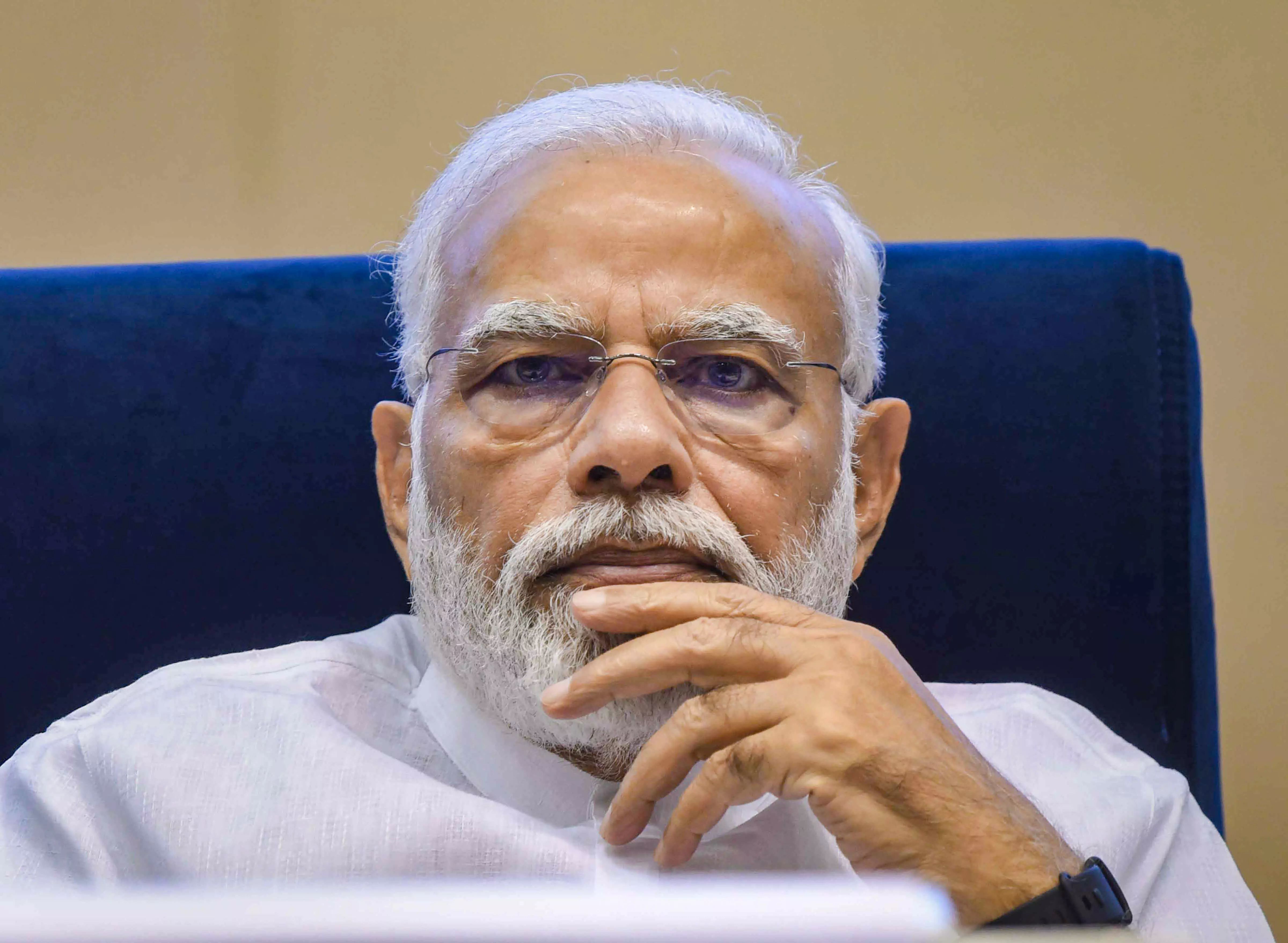PM launches 3 supercomputers

Pune: Prime Minister Narendra Modi on Thursday underscored the importance of having a big vision to achieve high goals and highlighted technology upgradation as a tool to empower the poor during a virtual event where he launched three PARAM Rudra supercomputers developed indigenously under the National Supercomputing Mission.
Speaking at the event, Modi said that modern India is carving new opportunities in the limitless realm of possibilities and that his government has implemented steps to ensure research in technology directly benefits the common man. “We started the National Supercomputing Mission in 2015, and today quantum computing technology is leading the way, offering transformative potential for IT, manufacturing, MSMEs, and startups,” Modi said, stressing that his government prioritises science, technology, and research.
The Prime Minister also provided updates on India’s ambitious space program, revealing that preparations for Mission Gaganyan have begun, with a target of establishing India’s own space station by 2035. “Science for self-reliance is our mission,” he added.
The three PARAM Rudra supercomputers, built at a cost of Rs 130 crore, have been deployed in Pune, Delhi, and Kolkata to facilitate groundbreaking scientific research. Modi also inaugurated a High-Performance Computing (HPC) system, a Rs 850 crore project designed for advanced weather and climate research, marking a significant milestone in India’s computing and scientific capabilities.
“There is no sector that does not rely on technology and computing power,” Modi noted, emphasising that India’s contributions to this revolution should be in terabytes and petabytes, not just bits and bytes. “This achievement proves we are moving in the right direction at the right pace,” he remarked.
In his address, Modi pointed out that the significance of science goes beyond invention and development; it is also essential for fulfilling the aspirations of the underprivileged. He highlighted India’s ongoing efforts to build its own semiconductor ecosystem, which will be integral to the global supply chain.
The supercomputers will support research in areas ranging from astrophysics to atomic science. Pune’s Giant Metre Radio Telescope (GMRT) will use the supercomputers to study Fast Radio Bursts and other astronomical phenomena, while Delhi’s Inter-University Accelerator Centre (IUAC) will focus on material science and atomic physics research. In Kolkata, the S N Bose Centre will drive advanced research in physics, cosmology, and earth sciences.
Modi concluded by lauding the scientific community’s contributions and emphasising the role of technology in uplifting every sector of Indian society.



